Trinidad and Tobago is a country with abundant vegetation, and different kinds of plants can be found everywhere. In this blog, we will explore some of the medicinal plants that can be found around your home in Trinidad and Tobago. Did you know that some of these plants can be used to heal ailments and save lives.
Aloe vera
Aloe Vera is a succulent plant that is widely grown in Trinidad and Tobago. Burns, cuts, and insect bites can all be relieved with the help of a plant’s internal gel, which has anti-inflammatory properties.
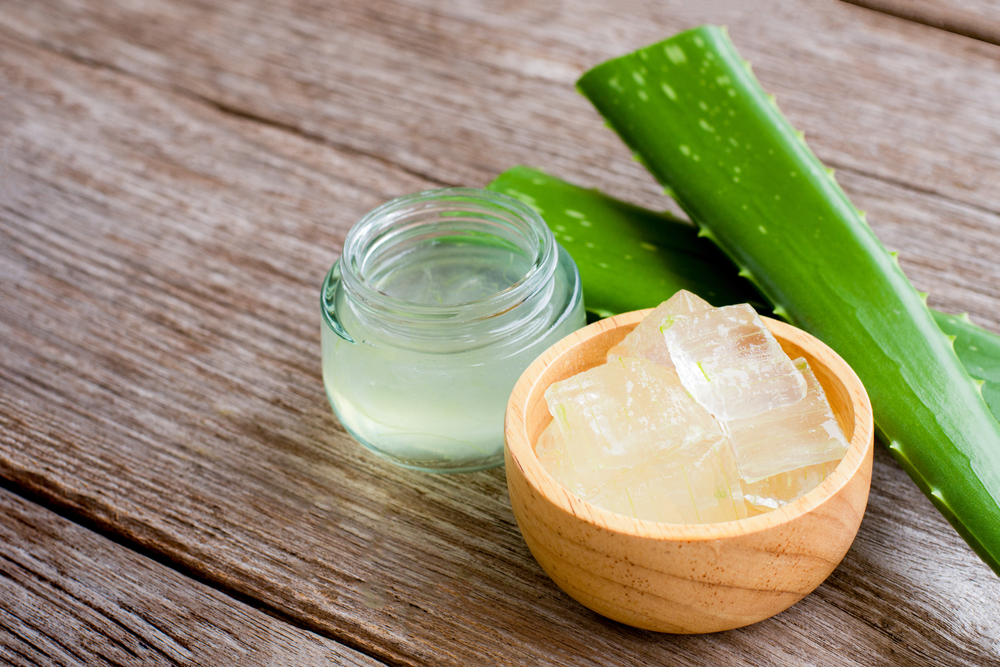
Cerasee
In Trinidad and Tobago, cerasee is a common type of vine. Tea is frequently brewed using it despite its well-known bitter flavor. Constipation, colds, and high blood pressure are just a few of the ailments that have been treated with cerasee.
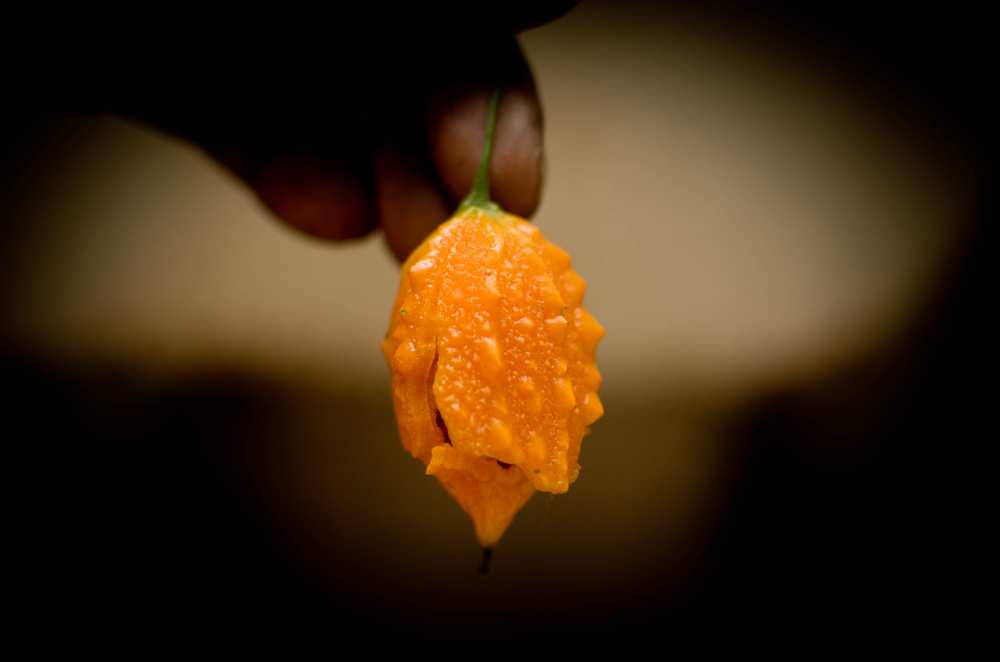
Spanish Needle
is a plant that typically grows in Trinidad and Tobago and has tiny yellow flowers on it. It has been employed to treat a number of ailments, such as fever, inflammation, and digestive problems.
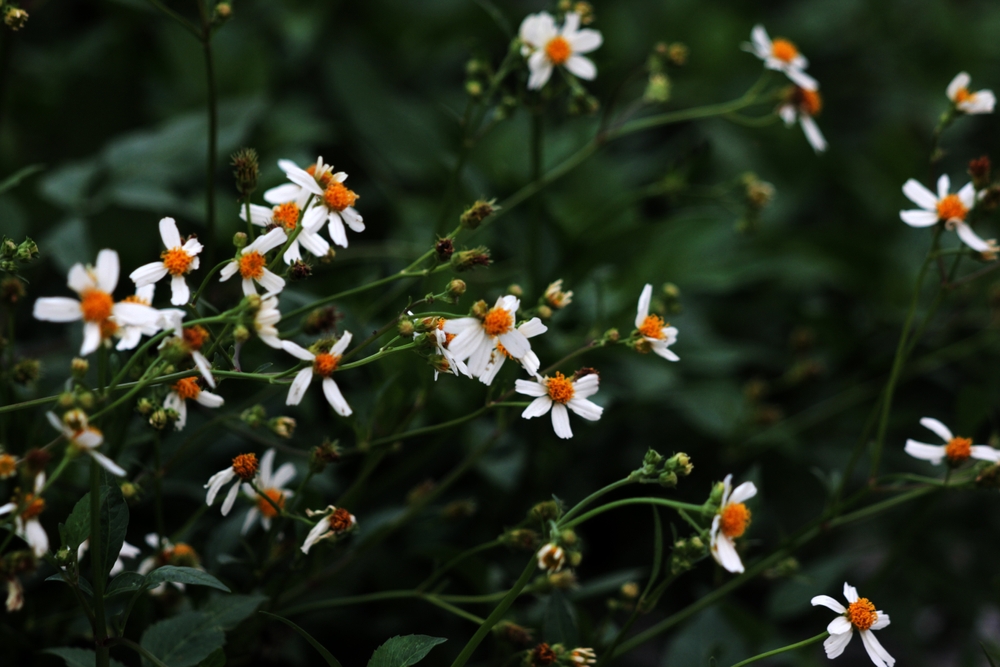
Sour Sop
In Trinidad and Tobago, sour sop fruit trees are fairly common. Insomnia, hypertension, and inflammation have all been treated with the tree’s leaves in the past.
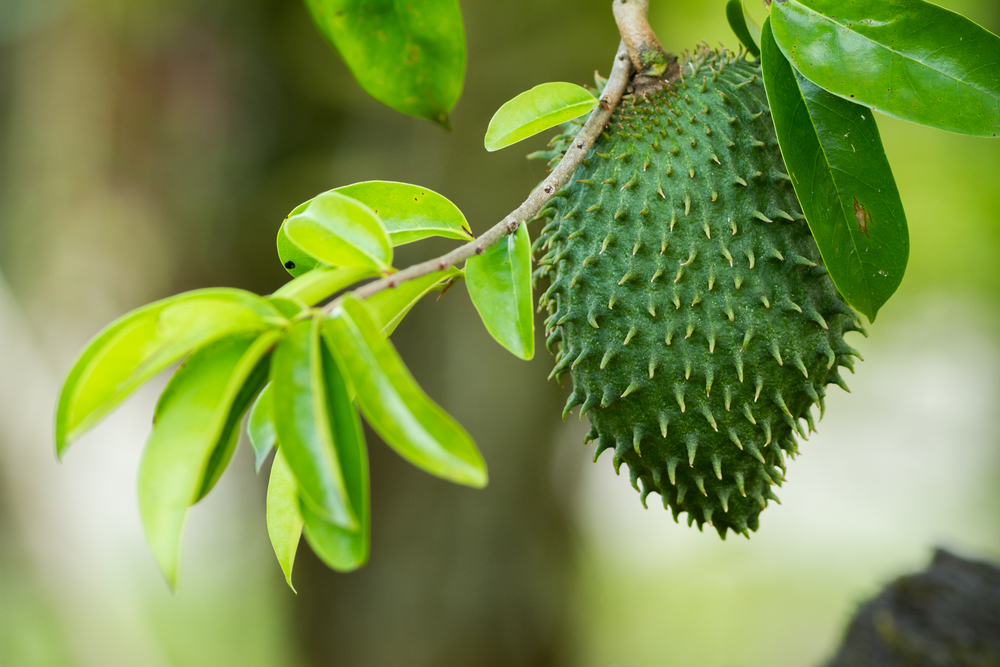
Bay Leaf
The plant known as Bay leaf is widely distributed in Trinidad and Tobago. Although the leaves are frequently used in cooking, they also have medicinal qualities. Headaches, colds, and the flu have all been treated with bay leaves in the past.
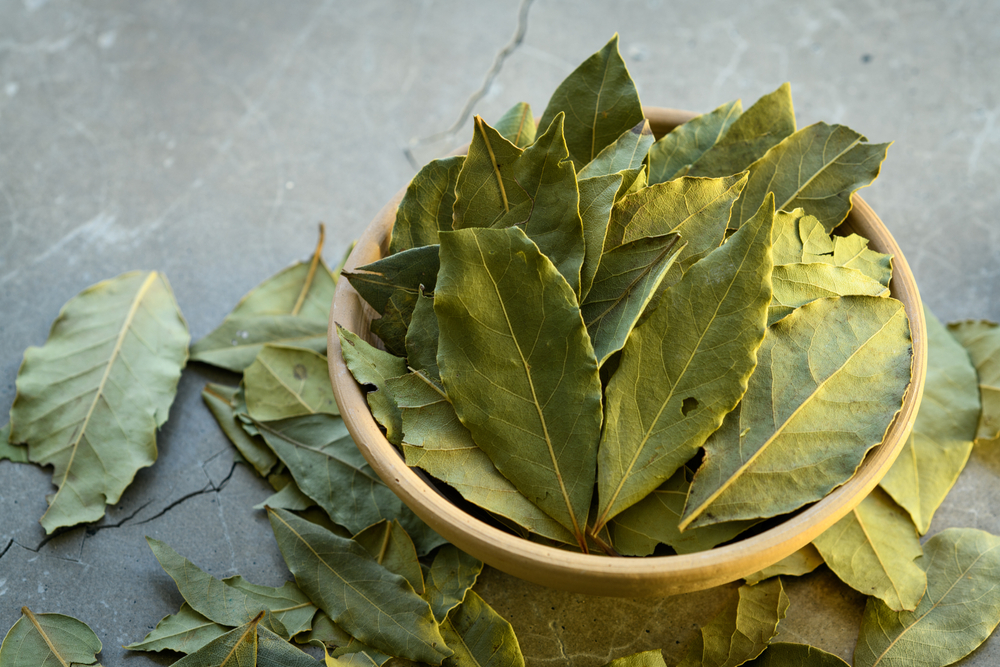
Neem
For thousands of years, Ayurvedic physicians have used the tree’s bark and leaves to treat a wide range of illnesses. Neem has anti-inflammatory, antibacterial, antifungal, and antiviral properties that make it effective in treating a variety of ailments, such as fever, infections, skin conditions, and digestive problems.
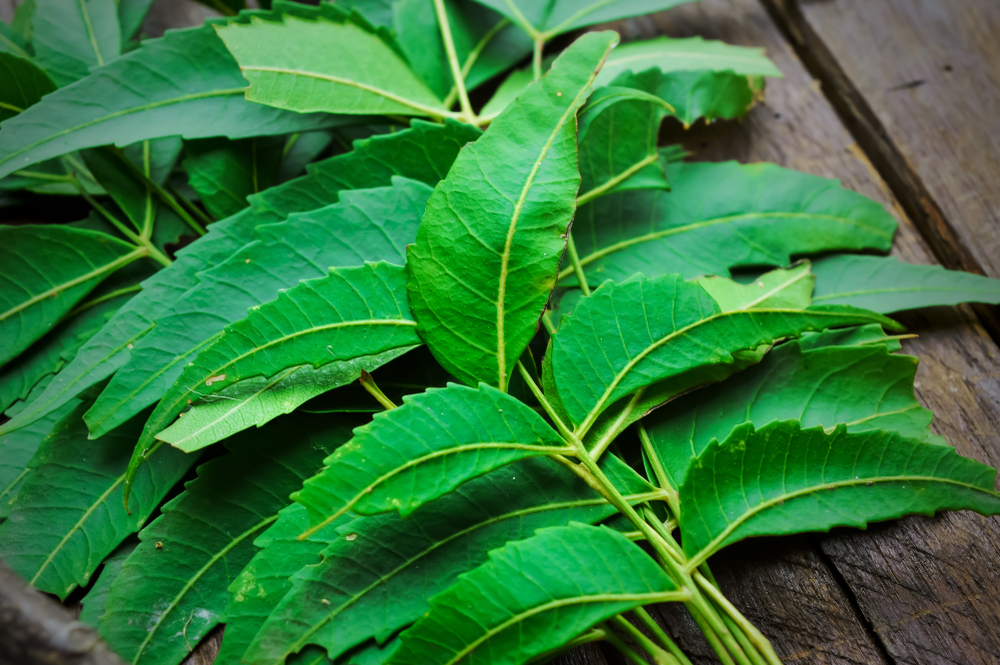
Tumeric
A spice turmeric is frequently used in Trinidad and Tobago cooking. It is produced from the turmeric plant’s root, which has long been used in Ayurvedic and traditional Chinese medicine. Turmeric is effective in treating a variety of conditions, including arthritis, digestive problems, and skin disorders. It also has strong anti-inflammatory and antioxidant properties.
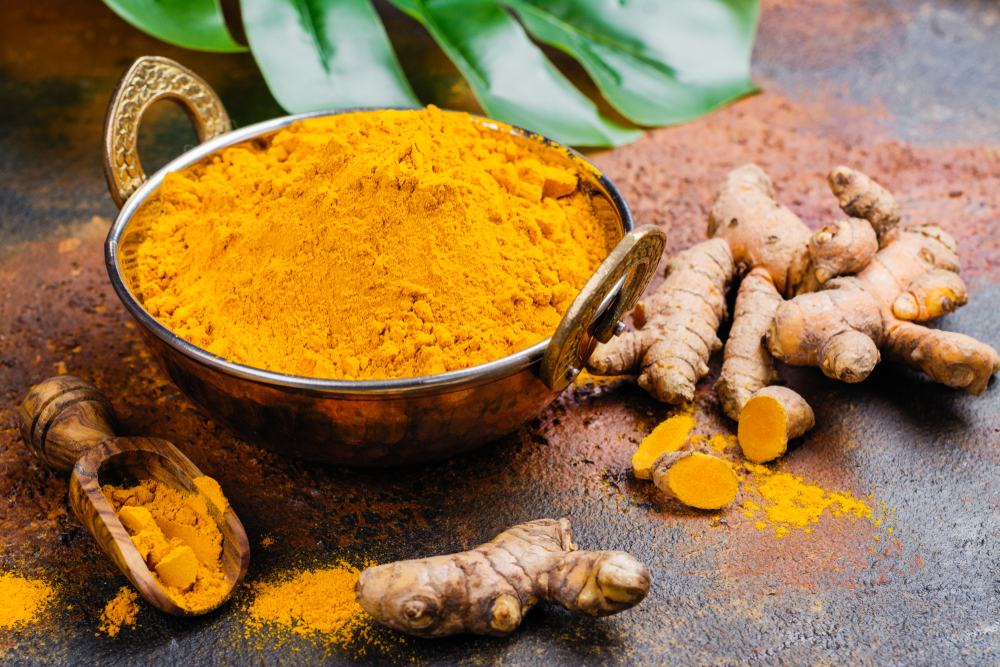
Chaconia
The anti-inflammatory properties of the national flower of Trinidad and Tobago, chaconia, have led to its use in traditional medicine. There is a common belief that tea made from the plant’s flowers can treat colds and coughs.
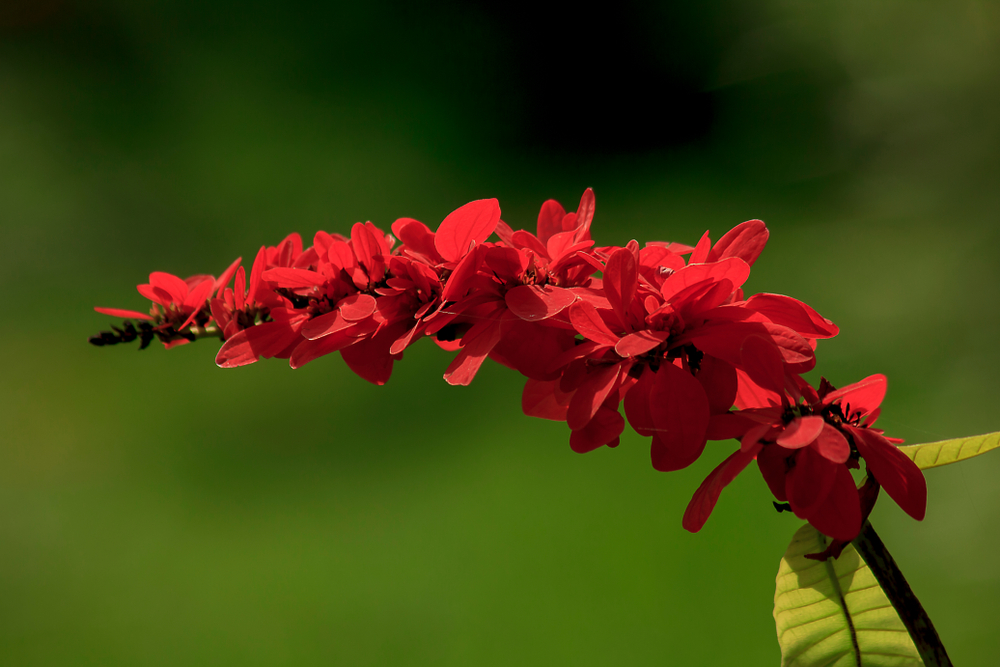
Ginger
In Trinidad and Tobago cuisine, ginger is a common root ingredient. It has been used for many years in traditional medicine to treat a wide range of conditions, such as nausea, vomiting, and digestive problems. Since ginger has anti-inflammatory and antioxidant properties, it can be used to treat illnesses like arthritis and respiratory infections.
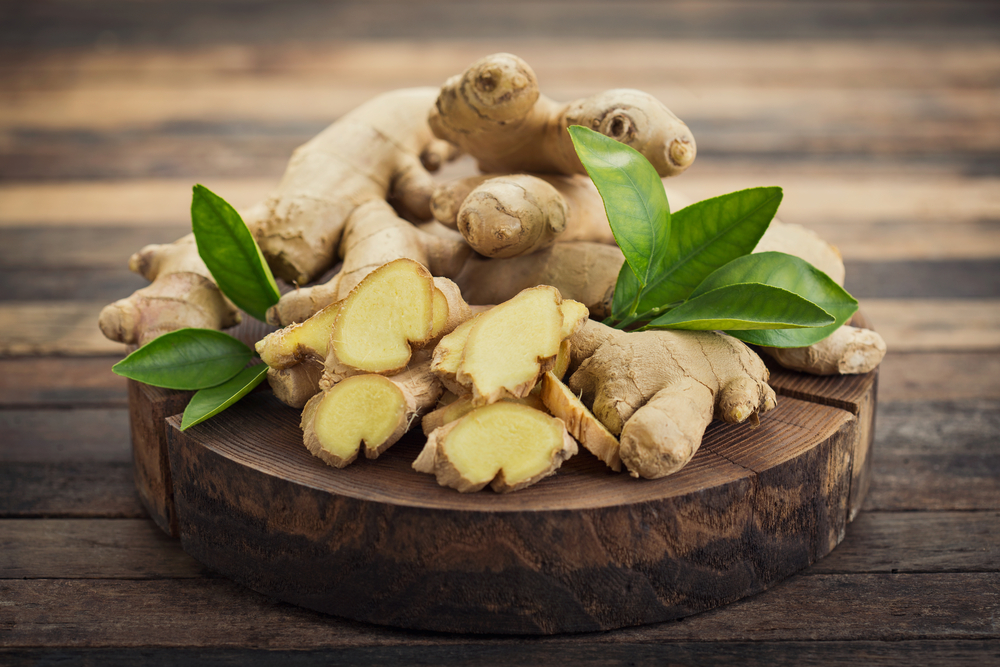
Shado Beni
(Eryngium foetidum) is frequently used as a home remedy for digestive problems, the flu, and colds. It is also acknowledged to have anti-inflammatory qualities.
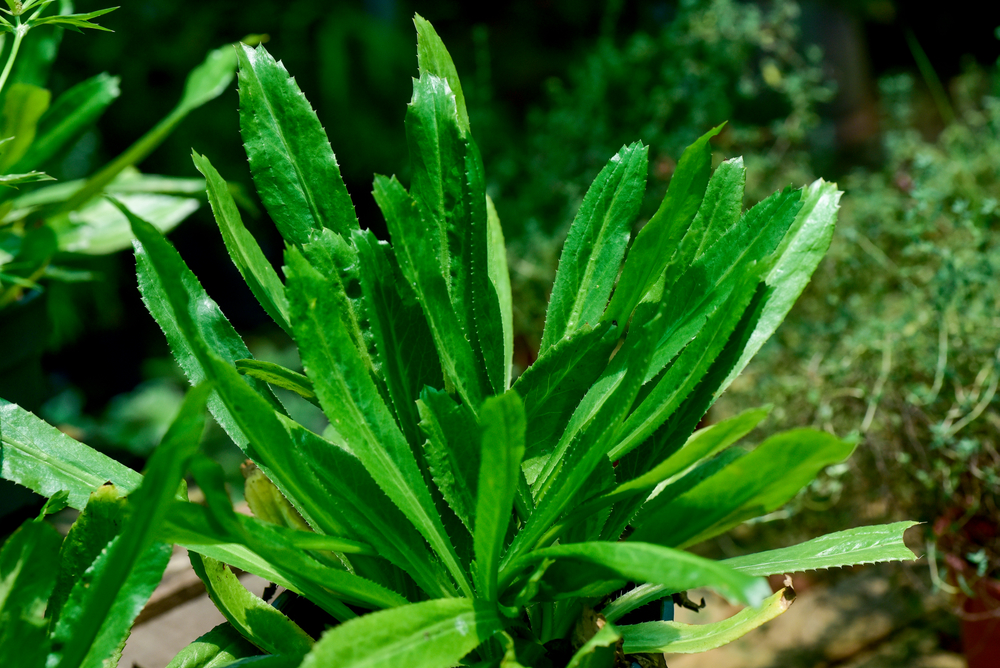
Bidens pilosa
A common weed in Trinidad, is known as Spanish Needle and has been used for centuries as a natural remedy for a number of conditions, including diabetes, digestive problems, and fever.

Moringa oleifera
Known for its high nutrient content, the moringa tree (Moringa oleifera) is a native of Trinidad. It is thought to have antioxidant and anti-inflammatory properties and is frequently used to treat anemia and malnutrition.

Fever Grass (Cymbopogon citratus)
also referred to as lemongrass, is a well-liked herb in Trinidad that is frequently used to treat fever, colds, and digestive problems. It is also thought to have antibacterial and anti-inflammatory properties.
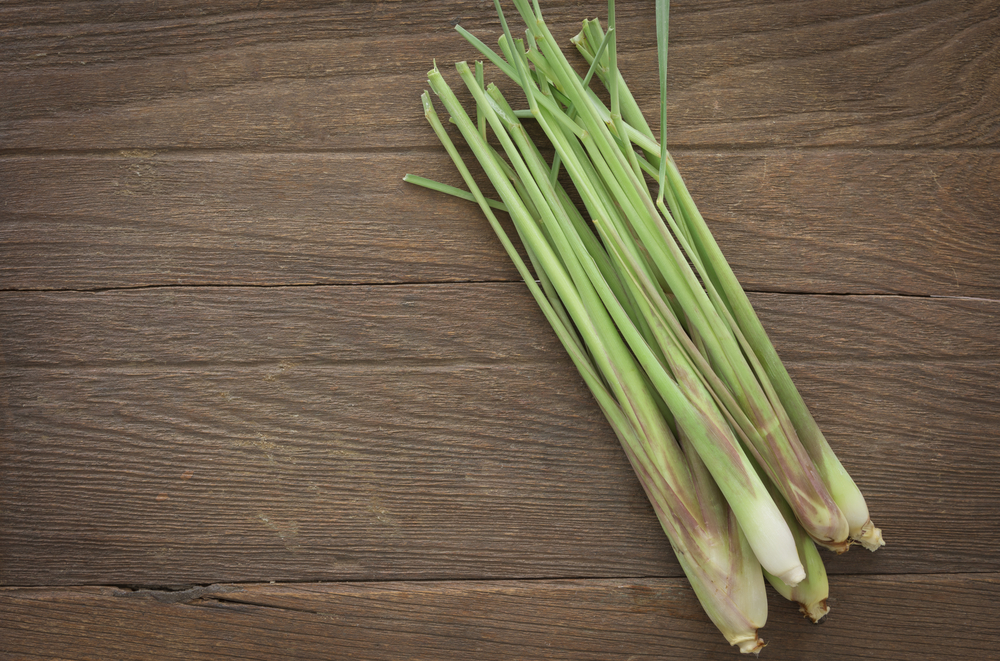
In Trinidad and Tobago, there are a lot of medicinal plants that you can find close to your house. Before using any plant as a treatment, it’s crucial to speak with a medical expert








